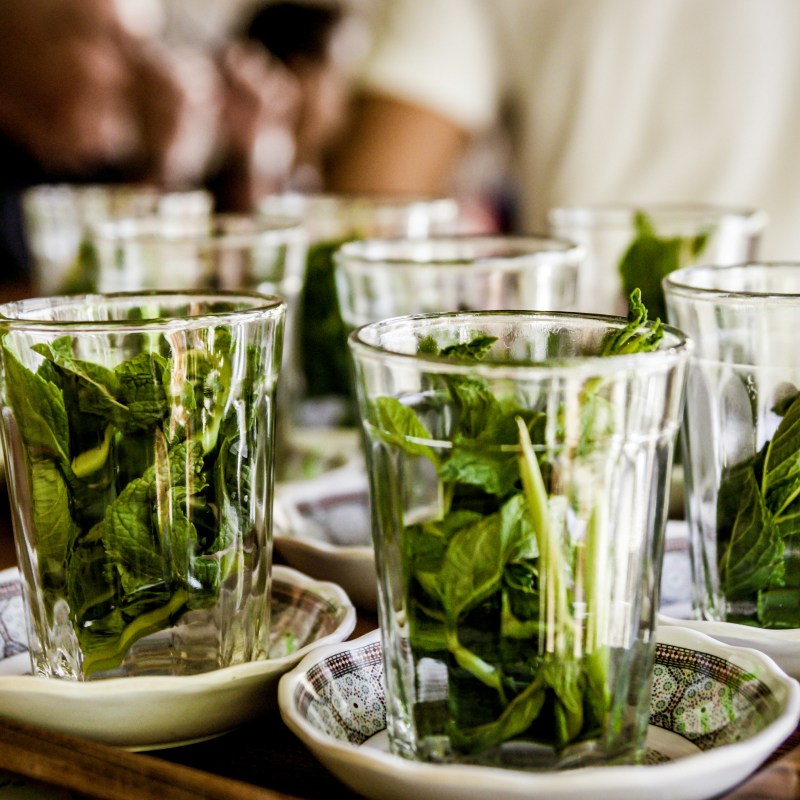
Coffee is America’s caffeinated drink of choice.
Videos by TravelAwaits
But globally, more people actually prefer sipping on a cup of tea. Since the days of the Silk Road, tea has been a hugely important global product.
It’s driven colonial conquests, interest in new trade routes, and even spurred on revolutions. (Seriously, it’s an impactful little leaf.)
Uniquely, there seems to be an informal divide.
In the Americas, we drink more coffee. The same is true throughout most of Europe. But when it comes to Asia, the Middle East, and Australia, the focus is on tea. (There’s not as much data available for Africa, but it looks to lean more toward tea.)
Interestingly, you can mark this divide by the word we use for tea.
If it’s called tea, té, or something similar, then locals probably drink more coffee. But if it’s called chai, chá, or a similar variation, locals probably prefer drinking tea. (Weird, I know.)
But where you can find the tastiest teas in the world?
As it happens, the best cups of tea on offer come in many colors and styles from almost every continent. Let’s count down the top teas in the world according to uniqueness, flavor, and legacy. (Note: these metrics are not based on total amount of tea drank per year—sorry, UK and Russia!)

Japan
Type of tea: Green tea
Where to try it: Japan has an ancient tea culture, so I suggest enjoying a cup in a traditional tea ceremony or someplace with a garden view
What makes this tea special in Japan? You’ve got tons of variety when it comes to Japanese green teas. The most famous is probably matcha, which is simply a powdered from of green tea. (That’s really the only difference.)
But you can find tons of other varieties, including green teas like gyokuro, sencha, and bancha. Kombucha is also another famous Japanese tea, which is made from black tea that’s fermented with yeast, making it slightly effervescent. (It’s not for beginner tea drinkers.)
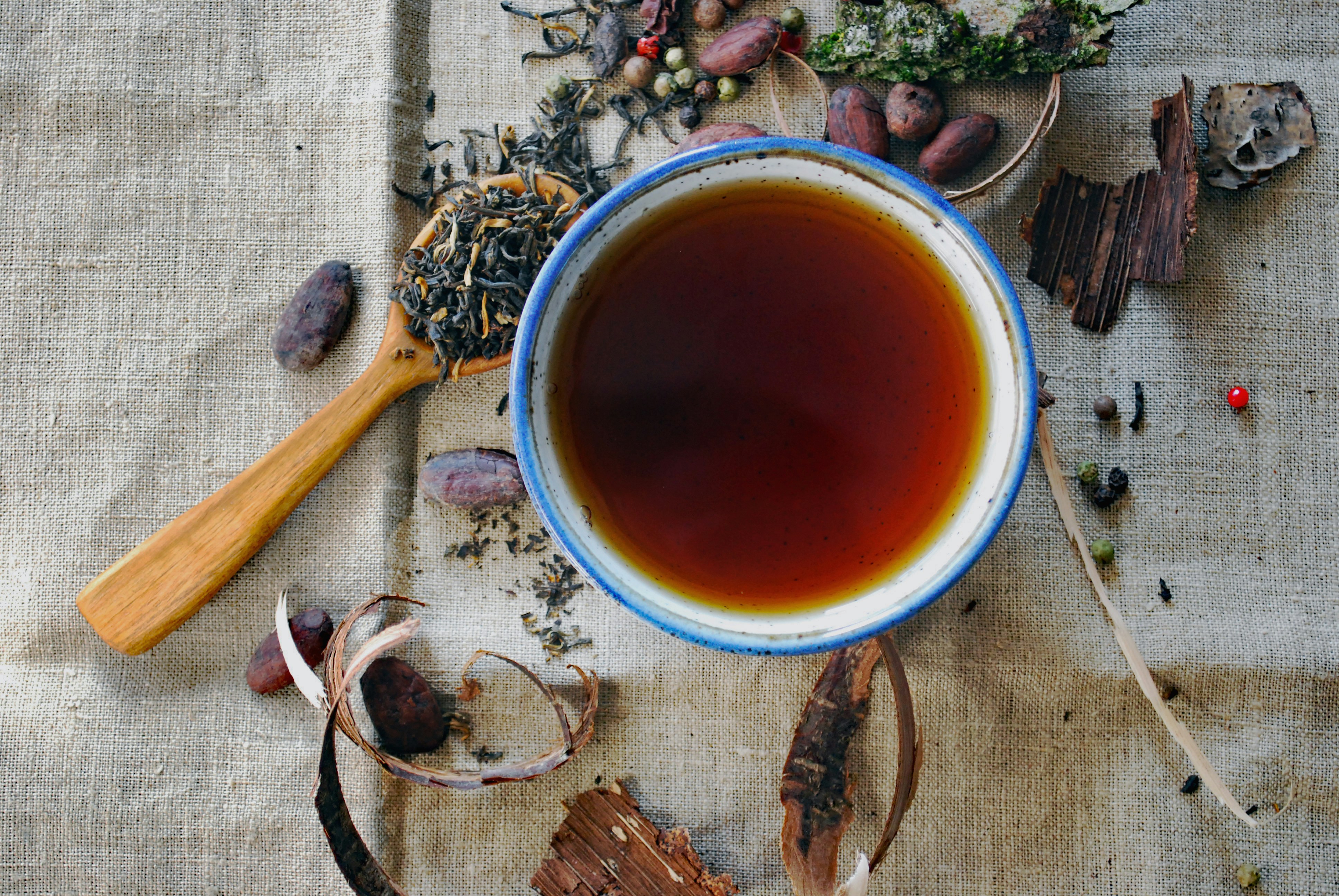
India
Type of tea: Black tea
Where to try it: Darjeeling or another Himalayan hill station
What makes this tea special in India? Masala chai is one of the world’s most famous drinks. This is a spiced variation of black tea, which you can get throughout the country.
I suggest trying out chai masala if you’re near the Himalayan foothills in India’s northeast. This is where most of its black tea leaves are grown and dried, giving you direct access to the world’s freshest leaves.
Ever wondered what’s inside chai masala? This drink includes spices like cardamom, cinnamon, ginger, cloves, pepper, anise, nutmeg, and fennel. Yummmmmm.

Argentina
Type of tea: Yerba mate
Where to try it: Buenos Aires
What makes this tea special in Argentina? News flash: any little herb can be steeped like tea as long as you have hot water. Enter the world of yerba mate, a plant related to holly that’s local to Argentina, Uruguay, and Paraguay.
If you’ve ever seen someone walking around with a rounded cup and a metal straw (pictured above), it’s probably yerba mate. This unique and caffeinated drink is bitter, earthy, and slightly astringent.
It might not be great for beginner tea drinkers… but it’s better than starting off with kombucha!
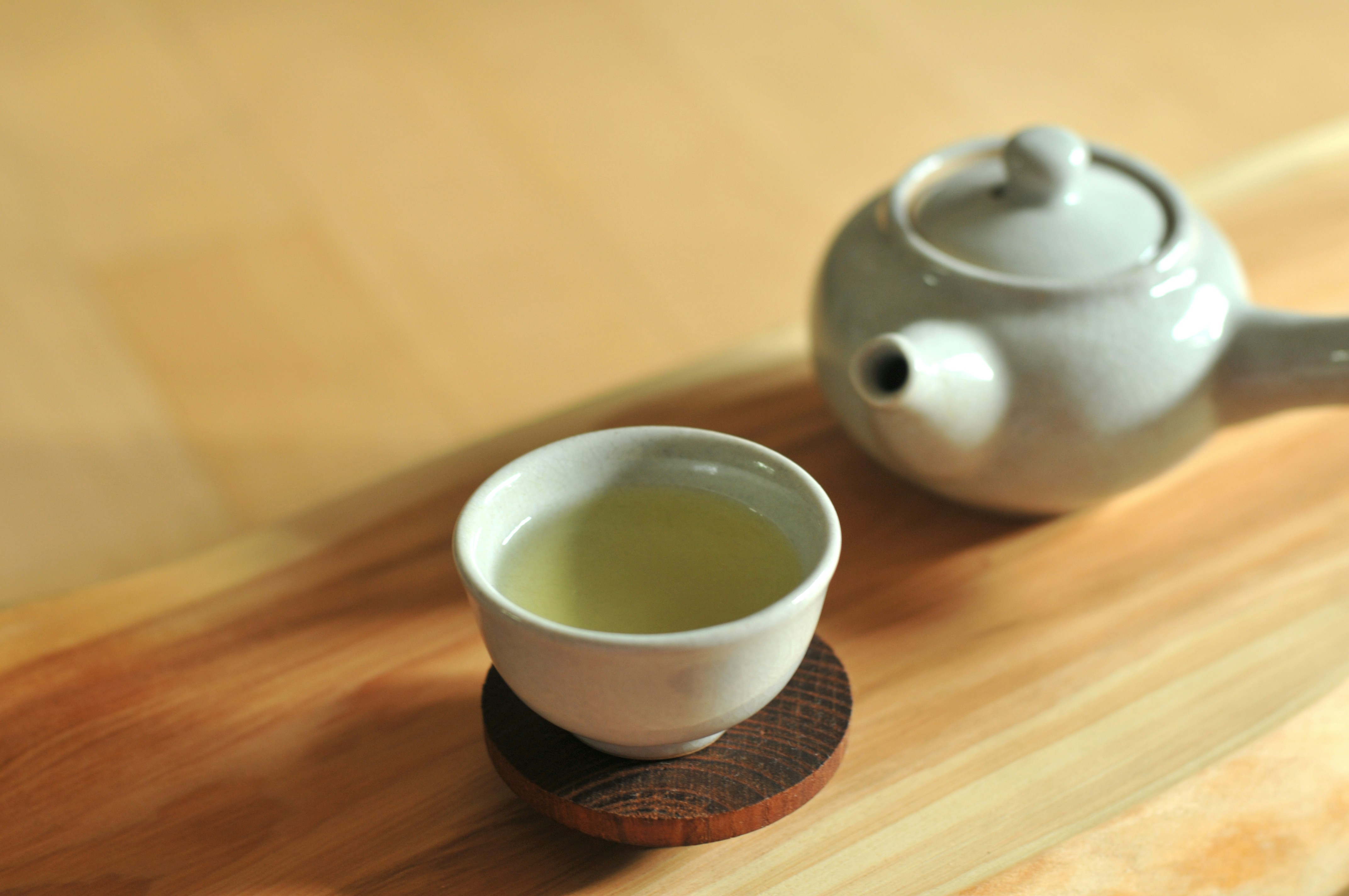
China
Type of tea: Green tea
Where to try it: Hangzhou
What makes this tea special in China? Like Japan, China loves its green tea. Longjing (Dragon Well) is its most famous variety. Longjing is known for being a bit difficult to grow while having a distinctly light and delicate flavor.
It comes from a small area near the Longjing village and is grown, picked, and pan-roasted by hand. It was once the imperial tea of the Qing Dynasty, which means it’s been a favorite for centuries.
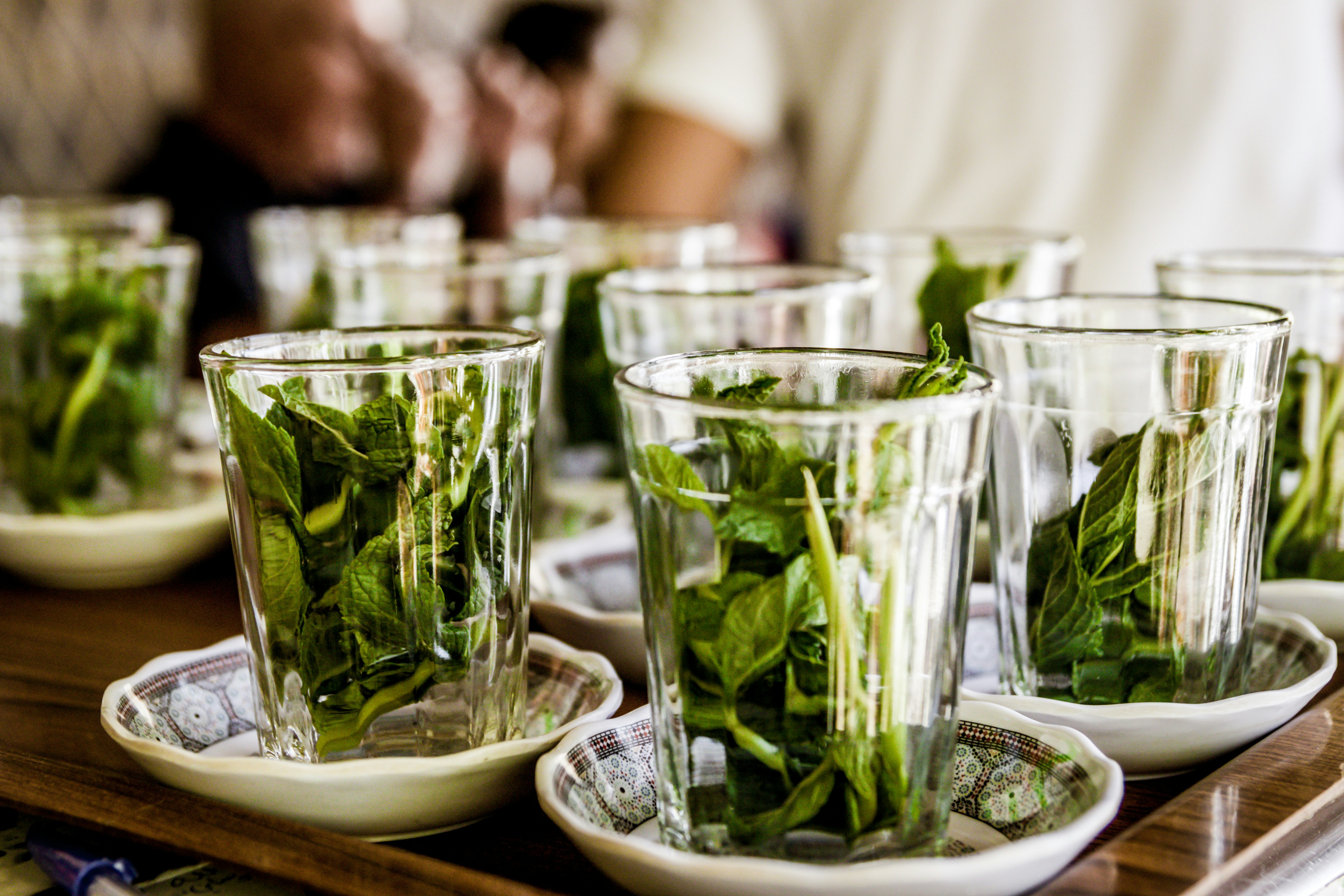
Morocco
Type of tea: Mint tea
Where to try it: Marrakech
What makes this tea special in Morocco? Moroccan tea is an ancient art. In fact, the mint tea referenced here might even have its origins as far back as the time of the Phoenician Empire.
While Morocco’s most famous tea is often labeled as green tea, it’s created by combining fresh spearmint with tea leaves—which means it’s got plenty of caffeine. (Sugar, too. Moroccans have a sweet tooth.)
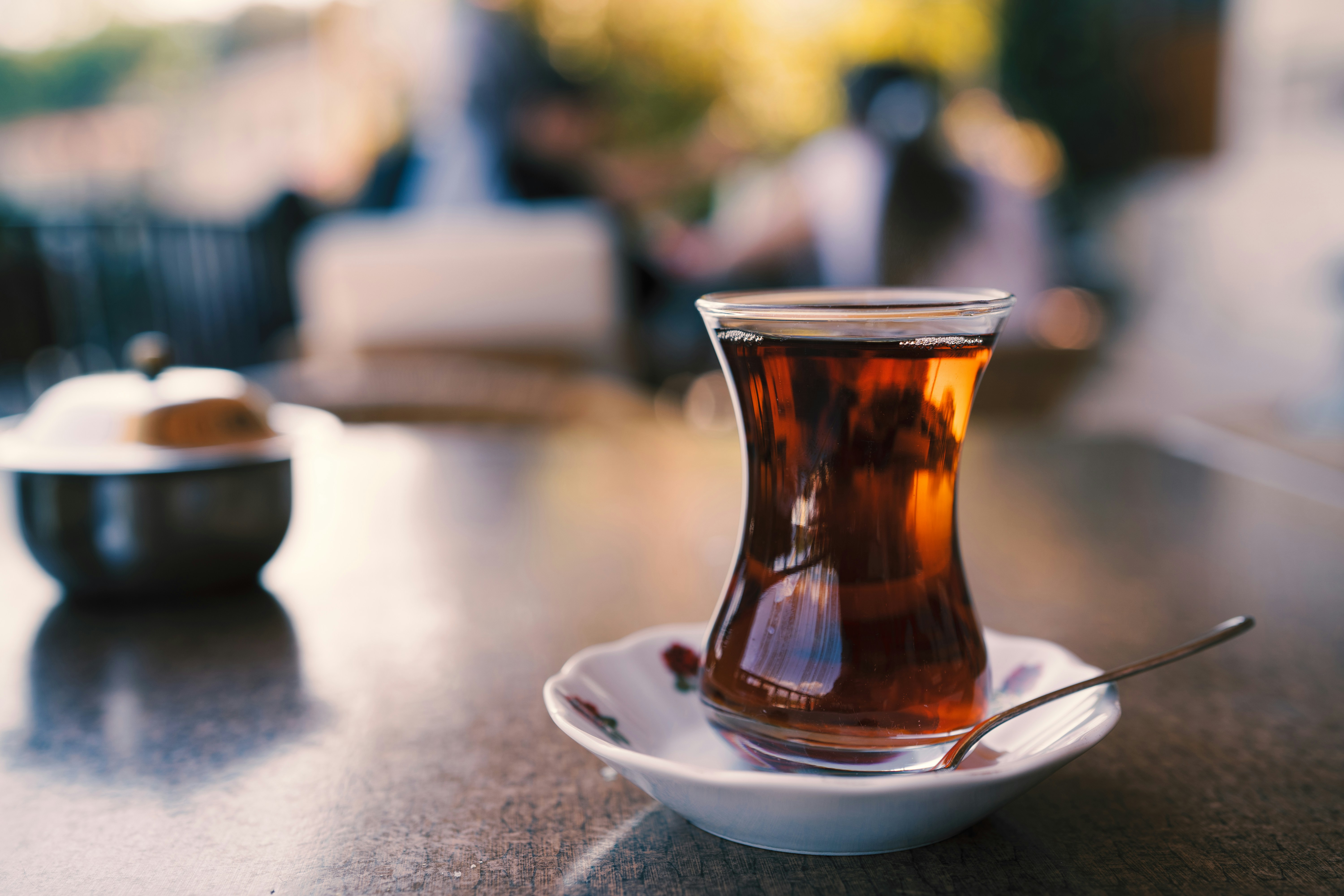
Turkey
Type of tea: Black tea
Where to try it: Istanbul or the Rize Province (on the Black Sea)
What makes this tea special in Turkey? Like its coffee, Turkish tea is known for being dark and strong. Similar to Moroccan tea, it’s usually offered to guests as an important gesture of hospitality.
However, tea wasn’t grown in Turkey until the 1800s when British troops introduced it—which makes it the ‘youngest’ tea tradition on this list by a long shot. Still, I think it’s worth tasting near the source.
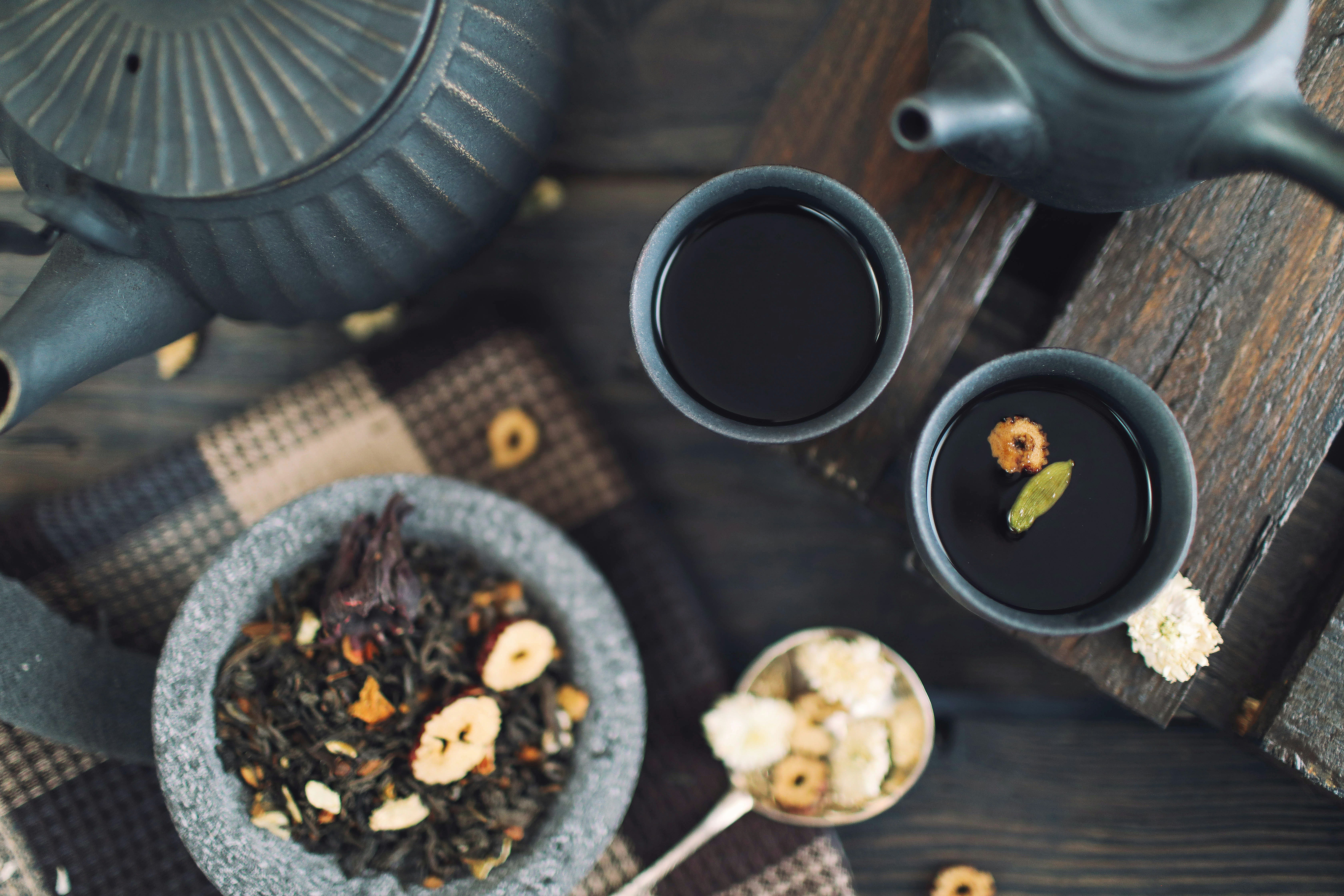
Kenya
Type of tea: Black tea
Where to try it: Kisii Hills or Nairobi
What makes this tea special in Kenya? Tea is one of Kenya’s primary exports—and they do it well. In fact, Kenya’s Ajiri Kenyan Black Tea recently won the title for ‘Best Black Tea’ at the recent World Expo. It’s known for its strong aroma and fruity flavor profiles, especially orange pekoe.
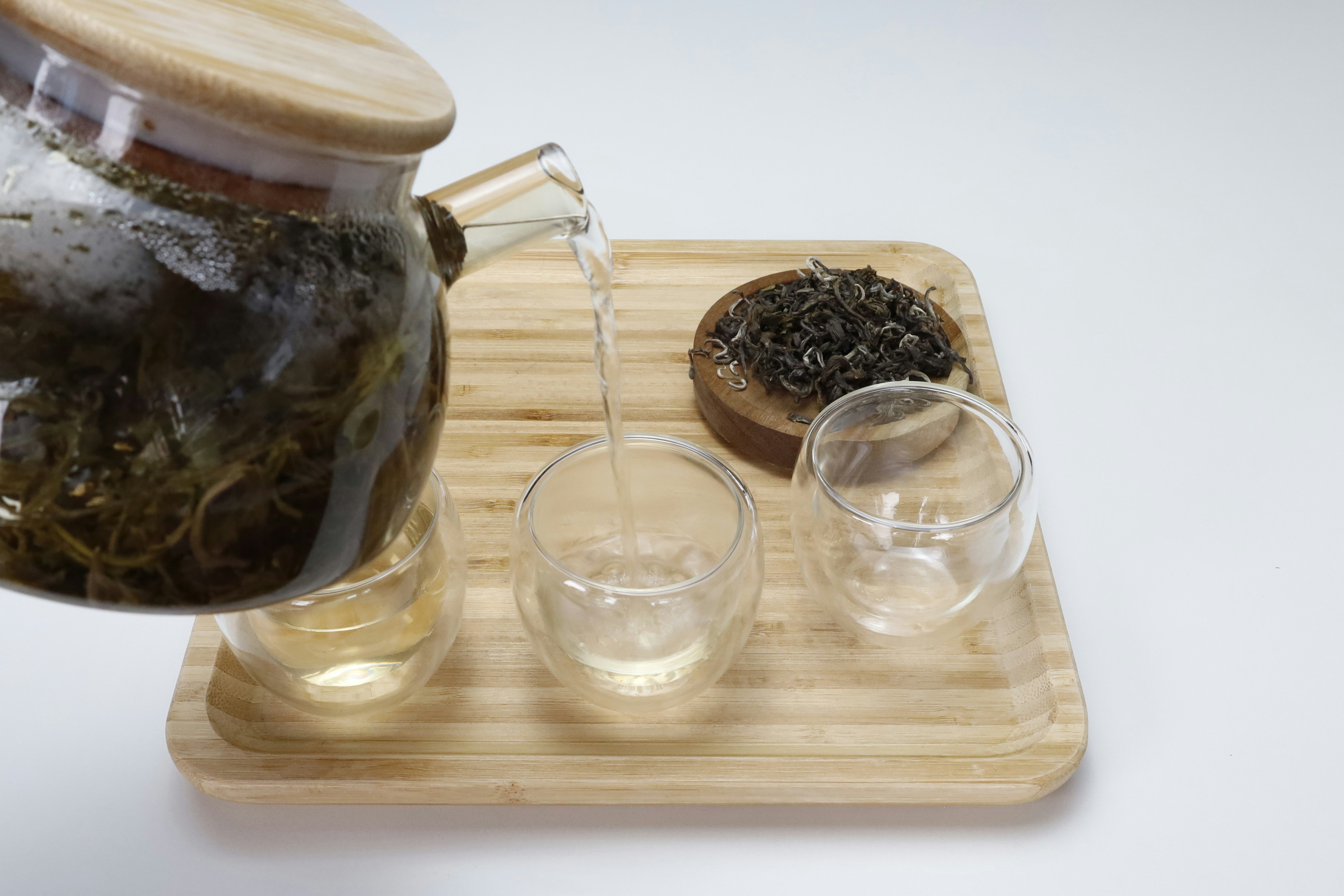
Taiwan
Type of tea: Oolong
Where to try it: Anywhere on the island
What makes this tea special in Taiwan? Though oolong is actually a Chinese tea, it’s grown throughout Southeast Asia. Taiwan’s oolong varieties are notably famous, including its Ding Dong Oolong Tea.
If you’re unfamiliar with oolong, it’s somewhere between black and green tea in terms of flavor and robustness. Usually, oolongs have a stronger fruit and/or floral element.
